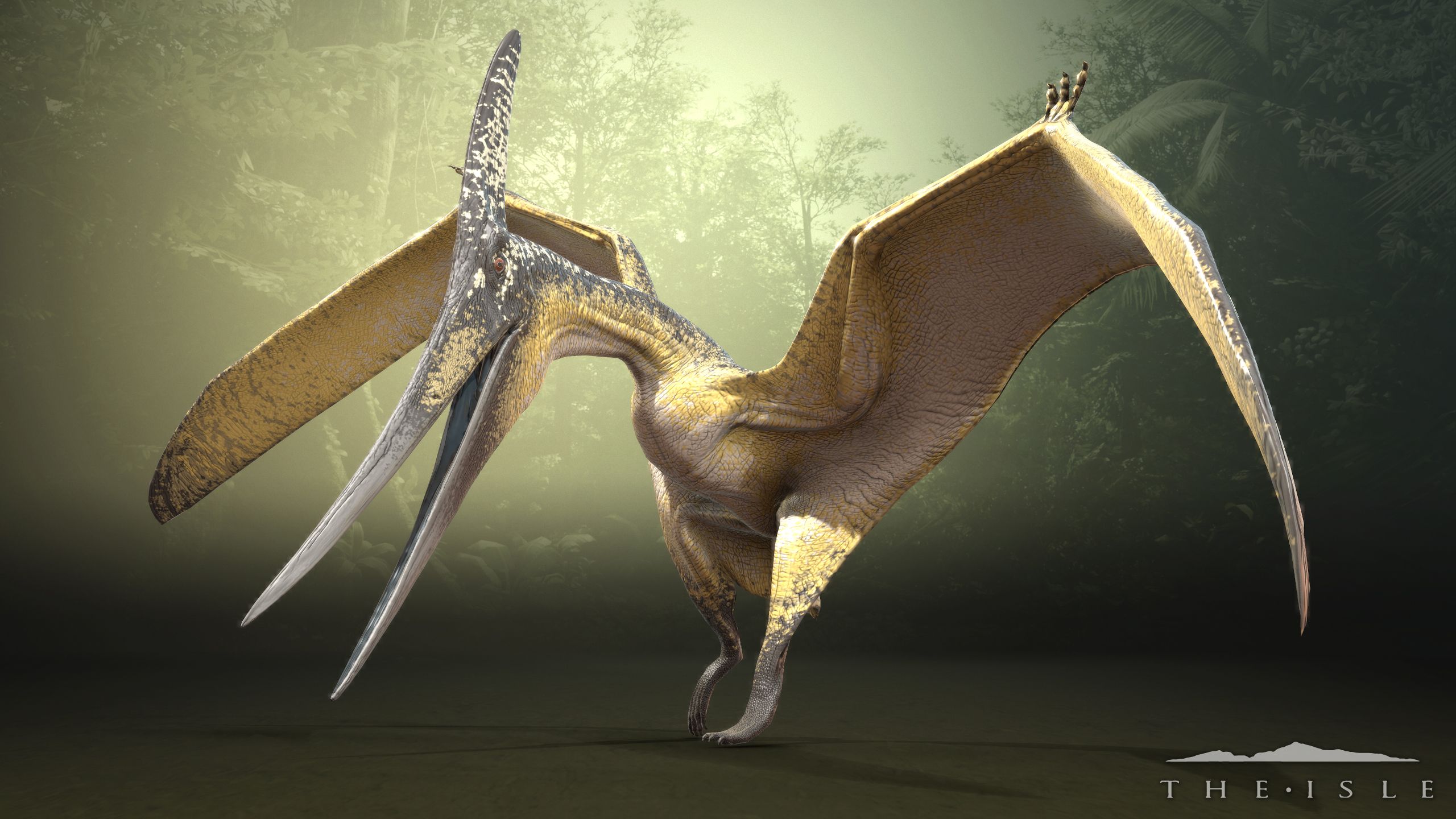

Pterodactyloidea – Advanced Pterosaurs Pteranodon is an example of the later, pterodactyloid pterosaurs.

Most rhamphorhynchoids had become extinct by the end of the Jurassic Period, although some are believed to have survived until the Late Cretaceous. The tails of several early pterosaurs ended in widened, diamond-shaped flaps, which may have assisted with steering when the pterosaur was flying. Most early pterosaurs lacked bony crests (although several had crests made of soft tissue). These pterosaurs are characterized by their long tails and toothed jaws. Rhamphorhynchoidea contains early pterosaurs such as Eudimorphodon, Dimorphodon and Rhamphorhynchus. Rhamphorhynchoidea – The First Pterosaurs Dimorphodon, one of the earliest-known pterosaurs, is a rhamphorhynchoid. Pterosauria is traditionally divided into two main groups, or suborders: Rhamphorhynchoidea and Pterodactyloidea. Pterosaurs made up the order Pterosauria.
Pterodactyl wingspan skin#
Pterosaurs were not the world’s first flying animals: that title goes to the insects, who had been flying for over one hundred million years before pterosaurs appeared.Ī pterosaur’s wings were membranes of skin and muscle. The largest pterosaurs, such as Quetzalcoatlus and Arambourgiania, are the largest flying animals ever to have lived. Pterosaurs were the world’s first flying vertebrates.

Pterosaurs appeared around 220 MYA (million years ago), in the Late Triassic, and went extinct during the Cretaceous-Paleogene Extinction Event, which occurred 66 MYA. Discover More About Pterosaurs On Ī pterosaur is an extinct, winged, flying reptile that lived alongside the dinosaurs during the Mesozoic Era.On this page you’ll become a pterosaur expert as you find out about pterosaur evolution, the different types of pterosaur, and much more… These amazing prehistoric winged reptiles were the first vertebrates to fly. Pterosaur facts, pictures and in-depth information.įlying above the heads of the dinosaurs were another group of distinctive Mesozoic Era animals – the pterosaurs.


 0 kommentar(er)
0 kommentar(er)
